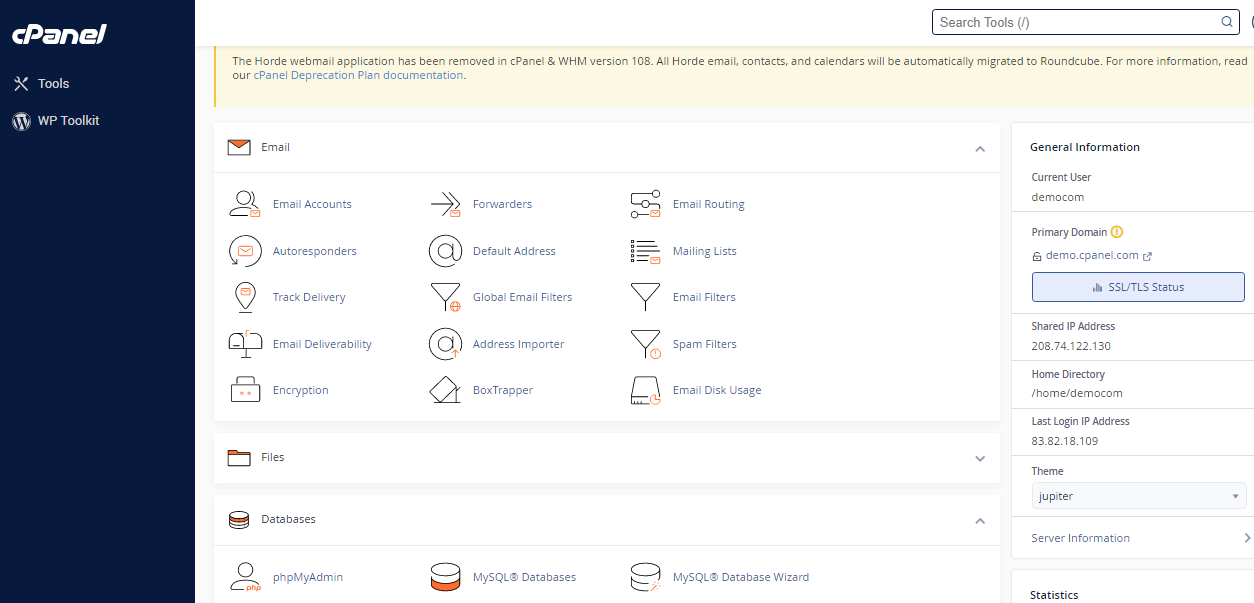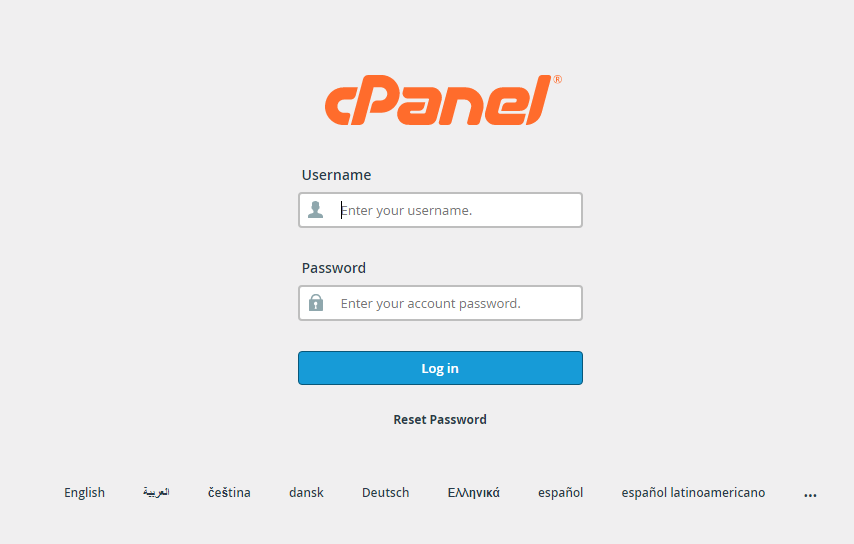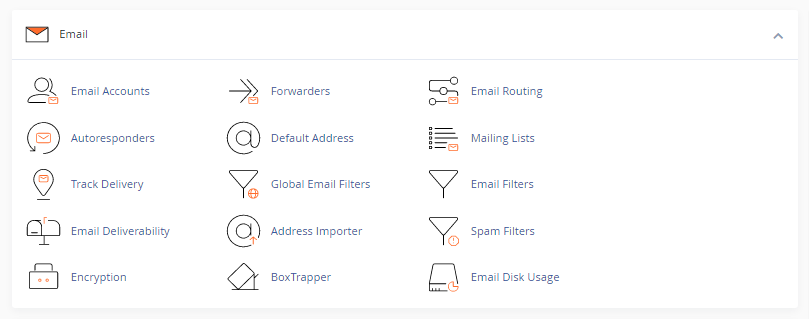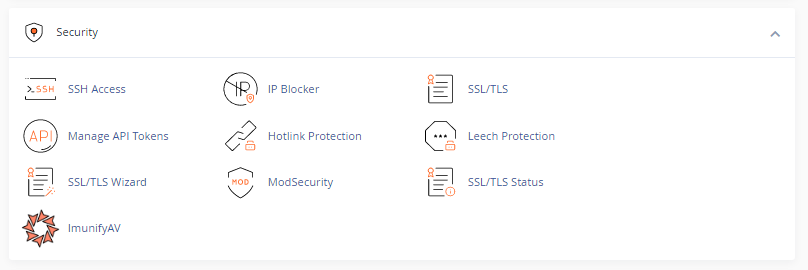What is cPanel? Beginner’s Guide on How to Use It
- 23/08/2023
- Jeff Simiyu
- Web Hosting
cPanel is a Linux-based graphical user interface (GUI) used to simplify the process of managing and administering websites and hosting services. The cPanel dashboard is one of the most popular control panels among website owners and hosting providers because it provides a user-friendly interface to manage domains, email accounts, databases, website files, etc.

cPanel is used concurrently with the Web Host Manager (WHM). Developed by cPanel, LLC , both software tools perform specific functions in a web hosting server. Web Host Manager is designed to provide administrative control of the web server such as performing server configurations, creating and managing cPanel accounts, etc.
Because of its feature-rich and remarkable usability, cPanel has become an industry standard among shared web hosting companies. Even the less tech-savvy users are able to purchase web hosting plans, create websites using free website builders, create and manage emails, without hiring experts.
Table of Contents
What is cPanel?
What is cPanel Hosting
cPanel hosting is basically the web hosting services that use the cPanel to administer and manage websites and hosting environment. Hosting providers create hosting plans and multiple cPanel accounts using Web Host Manager (WHM) and then provide each user with unique log in credentials.
When users log in the cPanel control panel, they can view and perform web hosting tasks such as uploading and editing website files, creating and managing databases, creating email accounts, installing content management systems, installing SSLs, etc.
The cPanel control panel is used to manage different types of hosting such as shared , dedicated, and WordPress hosting.
With a short learning curve, non-technical cPanel users are able to conveniently manage their websites and perform basic hosting tasks. However, just like other control panels, cPanel has its advantages and disadvantages as elaborated below:
Pros:
- Easy to use Interface
- Feature-rich
- One-click software installations
- Massive community of users
- High compatibility
Cons:
- Expensive license
- Security vulnerability
- Resource Intensive
- Dependency on hosting provider
How to Use cPanel
Having looked at the benefits and drawbacks of cPanel above, this tutorial discusses how to effectively use cPanel. First of all, we need to know how to access the cPanel interface.
The welcome email that is sent to customers immediately after buying a web hosting plan typically consist of a link to the cPanel dashboard and a username and password. You can simply click on the link and enter the username and password to log in.
Alternatively, you can access the cPanel login page by adding :2082 or :2083 at the end of your site address for unsecured and secured connection respectively. For instance:
http://yourdomain.com:2082
https://yourdomain.com:2083
When the cPanel login page loads, enter the username and password and click Login button.

The cPanel dashboard will display various features in various sections such as Files, Emails, Database, Metrics, Security, Software, etc. The main functions of each section is explained below:
Files

The Files section contains features which are essential in file management. Within this section, cPanel users can upload files, create and organize directories, update website files, specify directory privacy levels, generate website backup using backup wizard, check disk usage, etc.
Preferences

In the Preferences section you can change the theme style, language, password to your liking to enhance user experience.
Domains

The Domains section has features to manage domains under your cPanel account. It’s not uncommon for website owners to have multiple domains and websites under one account. You can easily perform various tasks in this section such as adding new domain, configuring subdomains, managing domain redirects, etc.
What’s more, you can edit the DNS record of domains using the DNS Zone Editor feature.
Databases

Websites which use content management systems such as WordPress, Joomla, etc require databases to store posts, website configurations, usernames and passwords. In the Database section, you can create and configure MySQL databases using the MySQL Database Wizard and create database users with corresponding permissions. Using phpMyAdmin software tool, you can perform MySQL database administration tasks such as manually adding databases, running SQL queries, etc.
Software
The Software section of the cPanel consists of the Softaculous Apps Installer which is a feature that simplifies the installation of applications such as content management systems.
Advanced users of cPanel web hosting will also find useful features to manage applications in programming languages such as php, Ruby, Perl, etc.
Metrics

Metrics section assists website owners to view relevant statistics such as visitors, bots , errors, and resource usage.

Nescom hosting plans includes the email feature and this enables customers to create, manage and delete email accounts. You can also set up email forwarding, auto responder messages and spam filters through this section
Security

Without proper security of your website files, databases and emails, web hosting service becomes unusable. The Security section helps website owners and administrators to set up SSL certificates that help to encrypt sensitive data as its transmitted from the web server to visitor’s web browser.
Advanced

You can set up cron jobs and launch the terminal interface through the Advanced section of the cPanel. The features under this Advanced section requires users with knowledge in server administration and any mistakes can render the cPanel account unusable.
